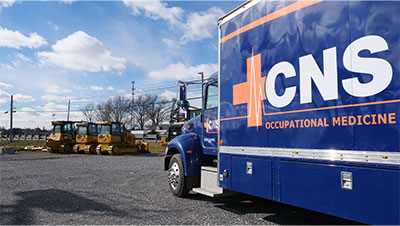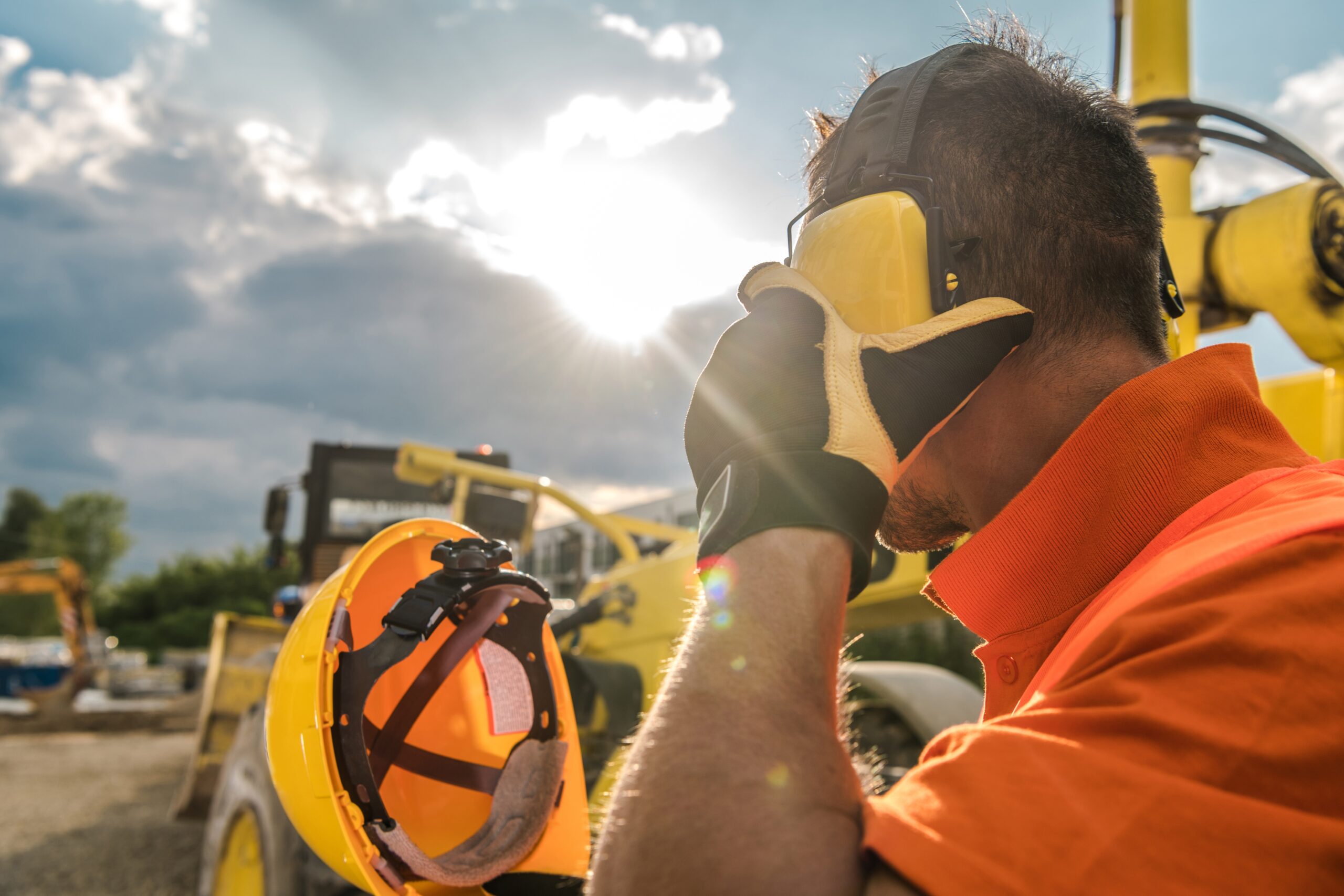OSHA recently published their 2022 injury and illness data that was submitted by more than 300,000 employers nationwide.
According to the data, there were nearly 11,000 hearing injuries reported across 3,700 companies in 2022. This is an increase of nearly 10% over the previous year!
The industries that faced the worst hearing loss injuries were:
- Manufacturing: from aircraft, motor vehicles, trucks and vans, furniture, construction, windows, and more
- Marine: from shipyards, ship building, cargo handling, and more
- Slaughtering: from poultry, non-poultry, and beef produced in slaughtering plants
The states with employers reporting 10+ hearing loss injuries last year were:
- Washington (14)
- Michigan (12)
- Pennsylvania (11), and
- California (11)
The biggest issue with these statistics? They are people’s lives.
Why noise exposure levels matter
A one-time exposure to a sudden powerful noise, such as an explosion, may damage your hearing instantly. Prolonged exposures to loud noise can lead to a gradual, but permanent, loss of hearing.
In addition to hearing loss, you also may experience ringing in the ears. This is called tinnitus and can occur even without other apparent hearing loss.
At first, this may cause a temporary loss of hearing that may last as long as 14-16 hours. With repeated exposure to high noise levels and periodic exposures to very high noise levels (e.g., with the use of nail guns), as is common at most construction job sites, your hearing may not fully recover.
Unlike other injuries, exposure to high levels of noise can cause permanent damage that neither surgery nor hearing aids will help correct, cure or reverse.
Then, there are long-term health issues. Hearing loss from loud noise limits a person’s ability to hear high frequencies, understand speech, and reduces their ability to communicate, which can lead to social isolation.
For employers, loud noise can reduce work productivity and contribute to workplace accidents. A recent study found that workers persistently exposed to excessive occupational noise may be two-to-three times more likely to suffer from serious heart disease than workers who were not exposed.
But this can be prevented.
How do I know if my tools or job site are too noisy?
Safety and health inspectors measure sound or noise levels using a device called a sound level meter. The microphone is positioned at the user’s ear level.
Equipment that is determined to be loud can be labeled with a hazardous noise sticker.
OSHA uses noise dosimeters to document the average noise exposure over your working day or of a particular task for part of your workday.
Noise surveys should be conducted in the workplace to determine which employees need to remain in the hearing conservation program, including which employees can be removed and/or should be added.
A quick rule of thumb: if you need to raise your voice to speak to someone three feet away, then it may be too loud, or over 85dB.
WE CAN HELP: Audiometric Testing
Research indicates that your hearing can be damaged by regular 8-hour exposures to 85 dBA. When noise is as loud as 100 dBA (like a jackhammer or stud welder), it can take repeated exposures of as little as 1 hour per day to damage your hearing.
Many companies choose to conduct surveys periodically (once every year or two) to ensure that all exposed employees are included in their hearing conservation programs.
What can be done about job site noise levels?
One of the best ways to reduce exposure to hazardous noise on a work site is by planning for potential exposure before activities start.
Noise control engineering is the best means of limiting noise exposure and the primary means of protecting personnel from workplace noise.
Hearing protection is considered an interim measure while engineering control measures are being explored, and a permanent measure only if engineering or administrative controls are not feasible.
Instead of just hearing protectors, employers can buy materials to build sound barriers or schedule noisy activities during hours when fewer people are working.
In order to help ensure proper health and safety of your workers, you can employ an industrial hygienist who helps anticipate health and safety concerns and design solutions to prevent them. They do this by conducting a worksite analysis to evaluate all jobs, operations, machinery, and work activities at that site, in addition to problem solving on specific activities or work areas.
After a hazard is identified, an industrial hygienist will work with the company to control or eliminate the hazard.
Related: Need your Hearing Conservation Certification?
Your employer should also hold daily or weekly safety meetings to discuss ways to limit high noise levels and other hazards.
During safety meetings, the general contractor can ask subcontractors to describe the planned tasks for the day or week where hazardous noise might be generated, as well as what equipment will be used; you can use these opportunities to talk about ways to limit exposure.
The easiest way to help lower noise levels at your work site is to remember a three-step noise hazard control process: Reduce it, Move it, Block it.
Reduce It: Reduce the noise by using the quietest equipment available. For example, choose a smaller, quieter generator.
Move It: Move the equipment farther away with the use of extension cords, additional welding leads, and air hoses (following current OSHA standards). Noise levels go down as we increase our distance from noisy objects.
Move the generator farther away or face it in a direction that is away from where most people are working. If you are not required to be in a high-noise area, move to a quieter area.
Block It: Block the noise by building temporary barriers of plywood or other on-site materials to keep the noise from reaching workers.
Place a five-sided, oversized wooden box over the generator. Add fire-resistant acoustical absorbing material (foam) inside the box. If the generator sits on soil or sand, that will help absorb some of the noise.
What does CNS Occupational Medicine do?
CNS Occupational Medicine can help with a full spectrum of noise and hearing related services, which includes:
- Noise Abatement
- Noise surveys
- Hearing Conservation Program setup/consulting
- Audiometric testing
- Work-Related Determinations
Please call to speak with our specialist today to determine a service that meets your needs, contact us at 800.551.9816 or info@cnsoccmed.com.










